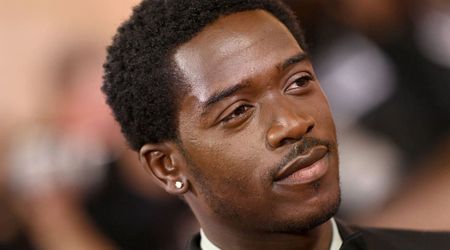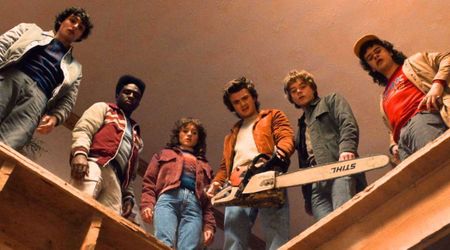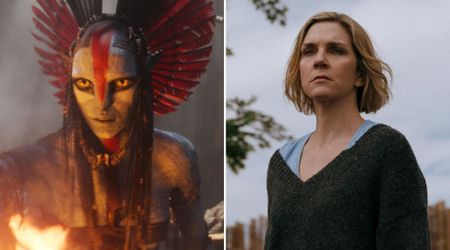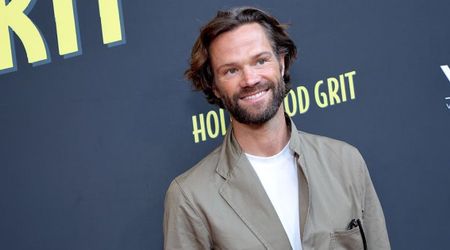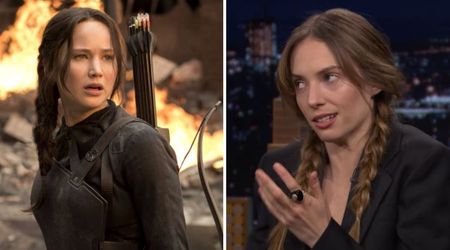'Avatar: The Way of Water': James Cameron reveals why it took 13 years to make Oscar-nominated sequel

LOS ANGELES, CALIFORNIA: James Cameron, who has never been reluctant about taking risks, did not rush the release of his current masterpiece, 'Avatar: The Way of Water'. The sequel to 'Avatar' made $2.3B worldwide and is up for an Oscar as well. The movie has been ranked alongside 'Avengers: Endgame,' and 'Titanic' for being one of the highest-grossing movies of all time.
'Avatar: The Way of Water' will be vying for Best Picture, Best Visual Effects, Best Production Design and Best sound at the 95th Academy Awards on Sunday, March 12. As per, E! News, 13 years may seem like a really long time for the sequel, but it was not exactly a cakewalk and Cameron has revealed the amount of work that went into creating it.
RELATED ARTICLES
'Avatar: The Way of Water' beats MCU's 'Spider-Man: No Way Home’ as sixth-biggest film of all time
Visually superior 'Avatar' sequel
Not many might realize but a lot took place behind the scenes before this marvel came to life. Peter Jackson's Wellington, New Zealand-based Weta FX (previously Weta Digital) handled the special effects while the performance capture portions for 'Avatar: The Way of Water' were mostly shot in Los Angeles. The sequel, which was produced by a team of 1,300 artists, reportedly has 3,250 visual effects shots as compared to 'Avatar' which had 2,500 visual effects shots.
In order to use 2,500 acres of farmland near Lake Pounui in New Zealand's Wairarapa Valley as his center of operations for the four 'Avatar' sequels he has planned, Cameron reportedly spent $16M in 2012. He said at that time that he was "in the very early stages" of production on 'Avatar 2' and '3'.
"We've spent the last two years building tools and software to make it a very smooth pipeline for what will be a very big and difficult project," Cameron reportedly said. In 'Avatar: The Way of Water', a lot of the action takes place underwater.

Cameron said in 2017, "Basically, whenever you add water to any problem, it just gets 10 times harder," adding, "So, we've thrown a lot of horsepower, innovation, imagination, and new technology at the problem, and it's taken us about a year and a half now to work out how we're going to do it."
After completing 18 months of performance-capture work in Los Angeles in November 2019, Cameron had intended to begin live-action production in New Zealand early the following year. Due to the Covid-19 pandemic, production was halted that March. It was then restarted in June, and it was completed in September 2020.

How did 'Avatar' sequels help local economy?
According to the New Zealand Film Commission, the government's Screen Production Grant contributed more than $140M to the 'Avatar' sequels. Film Commission Interim Chief Executive Mladen Ivancic told NewstalkZB that the production provided jobs, boosted tourism and in other ways pumped plenty of money and intangible advantages back into the local economy in response to critics who were offended by the thought of taxpayers sponsoring a succession of mega-movies.
Ivancic said, "Productions like Avatar also shine the spotlight on New Zealand," increasing the skill and expertise of the local crews working on them and exposing them to cutting-edge technology and innovation from around the world.
Cameron explained that performance-capture filmmaking was typically only done on dry land and hence was the "purest form of acting because you have cameras all over the studio." However, he said that shooting underwater was definitely a lot more challenging." "Because of course you're holding your breath, you can't release your bubbles, otherwise it's just a bubbly old mess and the camera doesn't see anything. So it was, yeah, a lot to learn, but we were all doing it together. So yeah, it made everything feel very kind of collaborative and fun," he said.


